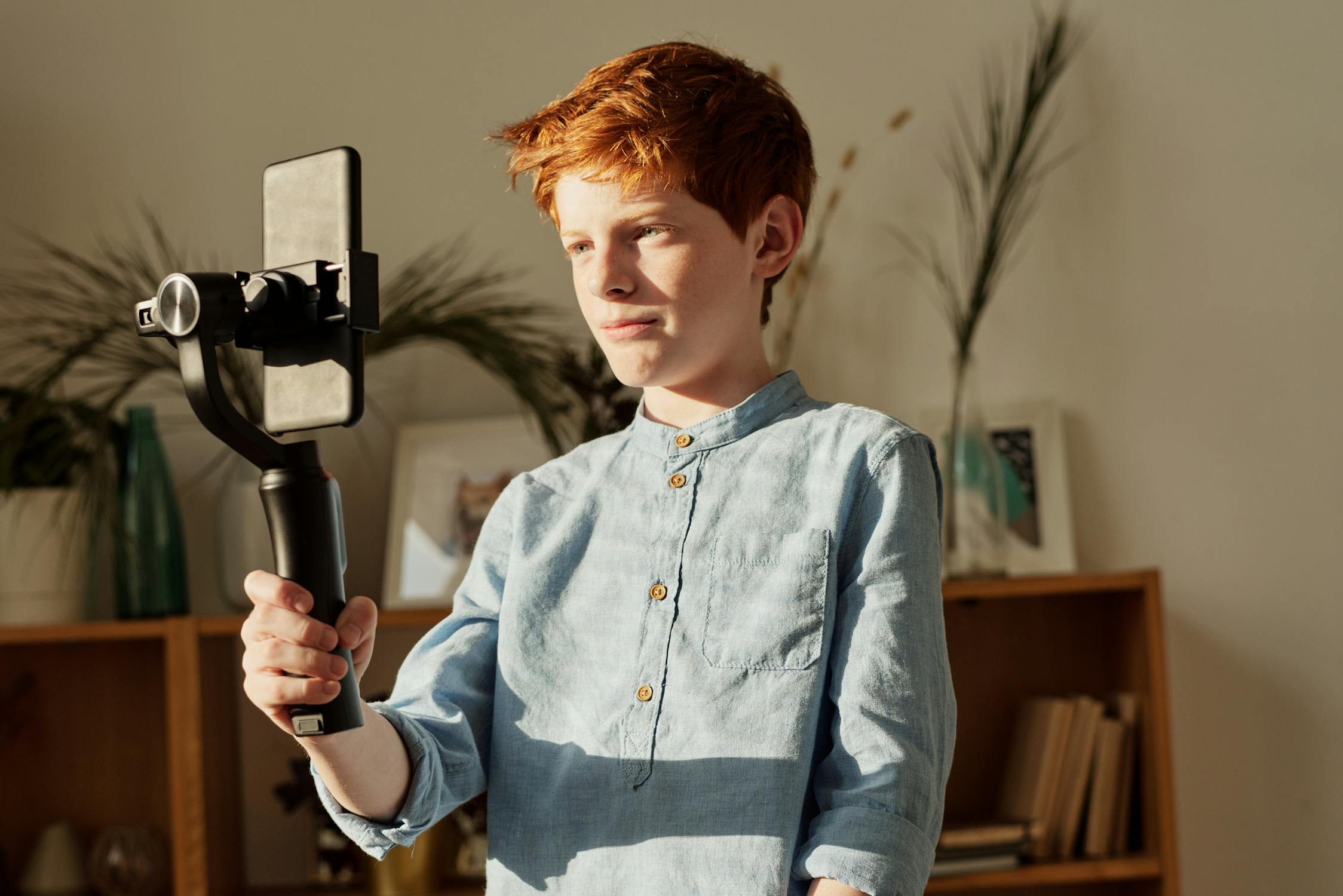I use a lot of video when I'm teaching online. Most of these are short videos that I record on my phone and then upload to YouTube with little to no editing at all. I might trim off the beginning and end of the clip, but that's about it.
Sometimes I stumble over my words. Sometimes I umm and ahhh my way through. But I try not to re-record if I can possibly help it. I figure that in my face-to-face courses I don't get a do-over, and those students get to see me in all of my Porky Pig blathering...so my online students should get the same opportunity. :-)
Yes, there is the concern that video is a record of my errors, and so there is a little more pressure to get it right the first time. And I should note that I do sometimes trash the video and re-record it if it goes horribly off the rails. But I figure that being a real human being in my videos is more valuable than a slick, over-produced video clip. Video is a great way to infuse more social presence into your online course, that sense of "how 'real' the other person feels to you when communicating online" that I've been talking about in the last few posts on the ol' blog. (See my posts on names, photos, and language usage for more ideas.)
A couple of tips for recording better videos:
- I do usually write a script. Often it's just bullet points, but I do try to think through what I'm going to say before I start the recording.
- I definitely try to keep these videos short. This makes it much more likely that students will actually view them! My general rule of thumb is to try to keep them to 2-3 minutes with a hard upper-limit of not more than 6 minutes. If I need more time than that for a given video, I find the logical breaking points and record multiple shorter videos instead.
- I am mindful of my background. Often I record videos in my office, but I try to use different views. Sometimes I set my phone on my bookshelf, sometimes on the table by the window looking back towards my desk, sometimes on the stool in the middle of the room so I can sit in my overstuffed chair. Closing the blinds if they are behind me is a good idea. Opening the blinds if they are in front of me is also a good idea.
- I try to have a solid place to set my phone when I'm shooting video so I don't make my viewers feel seasick. I picked up a tiny little tripod for my phone for $5 at Walmart. This makes for a more stable shot.
- On the other hand, I sometimes just take my phone in hand and record myself while walking around on campus. This gives a sense of "place" that is bigger than just my office. It takes a little practice to walk around and keep my phone stable, but it probably helps that I have ridiculously long arms, so the focal length from my face to the camera is a bit longer. :-)
- Try to look exactly at the camera when you are talking, but don't just stare. It often helps me to picture a particular student on the other side of the camera, and imagine that I'm talking right to that person as an individual. This helps me to keep "eye contact" without getting creepy about it. It also warms up the way I talk instead of feeling robotic.
Video updates to the class, video explanations of assignments, and even video feedback can be great ways to share with students in your own voice and letting them see your face. I highly recommend that you give this approach a whirl in your own class!
 |
| Image by Julia M. Cameron via Pexels |
---
(This post is part of a series offering tips on distance teaching. You can read more about this project here: Distance Teaching Tips. You can also read all of the posts in this series here: Distance Teaching Tips Series.)
No comments:
Post a Comment